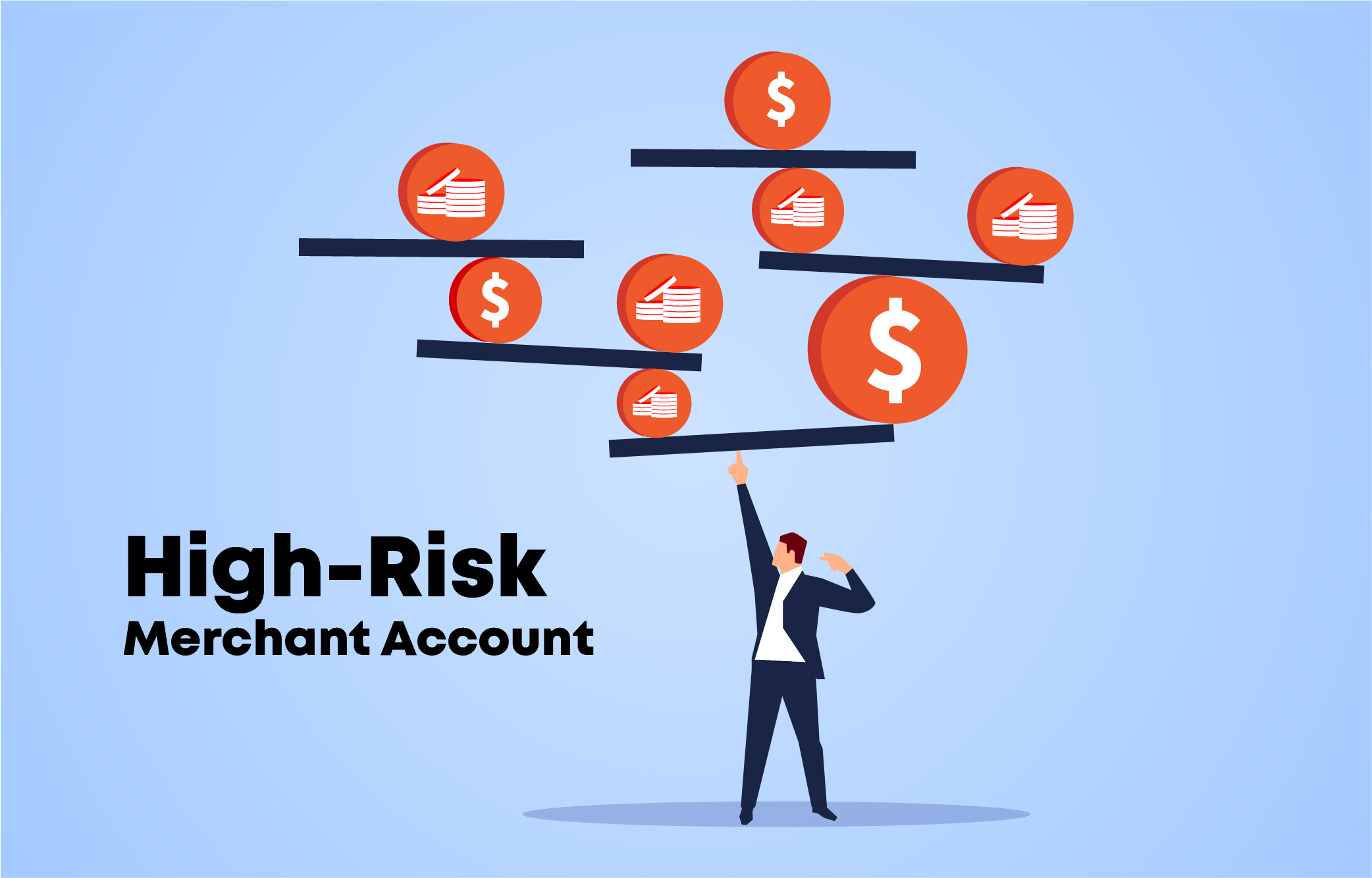High-Risk vs. Low-Risk Merchant Accounts: Key Differences Explained
When businesses look to process credit card payments, they must decide between high-risk and low-risk merchant accounts. Each type of account comes with its own set of terms, fees, and requirements, depending on the risk level associated with the business. In this article, we will explain the key differences between high-risk and low-risk merchant accounts, and why it’s essential for businesses to understand which category they fall into.
What is a Low-Risk Merchant Account?
A low-risk merchant account is typically assigned to businesses with a stable financial history and low chargeback rates. These businesses are seen as less risky by payment processors due to their consistent operations and minimal chances of fraud or financial instability.
Key Characteristics of Low-Risk Merchant Accounts:
- Stable transaction history: Low chargeback and refund rates
- Low average transaction amounts: Usually under $500 per transaction
- Limited geographic scope: Mostly domestic transactions
- Low-risk industries: Retail stores, restaurants, and small e-commerce businesses
- Long-established history: Businesses with years of successful operations
Because low-risk businesses present less risk to payment processors, they often enjoy lower processing fees, lenient terms, and quicker approvals for merchant accounts.
What is a High-Risk Merchant Account?
On the other hand, high-risk merchant accounts are designed for businesses that are more susceptible to chargebacks, fraud, or operate in industries with legal or financial uncertainties. Payment processors categorize these businesses as riskier, often leading to higher fees and stricter requirements. Companies in sectors like online gaming, adult entertainment, CBD products, and travel are commonly labeled as high-risk.
Key Characteristics of High-Risk Merchant Accounts:
- High chargeback rates: Businesses prone to frequent chargebacks or refunds
- Large transaction volumes: Often involve transactions over $500 or recurring payments
- Global reach: High-risk merchants tend to operate internationally, leading to cross-border transactions that may increase the risk of fraud
- High-risk industries: Online gambling, forex trading, subscription services, and adult entertainment
- Newer businesses: Companies without a long operating history or financial stability
In countries like Canada, businesses often work with high-risk payment processors in Canada to manage the complexities of payment processing in these industries. Similarly, Australian businesses can secure a high-risk payment gateway in Australia to facilitate secure transactions for their high-risk ventures.
Key Differences Between High-Risk and Low-Risk Merchant Accounts
1. Approval Process
- Low-Risk: Businesses with a low-risk profile typically enjoy faster and easier approval for merchant accounts. The requirements are minimal, and banks or payment processors are more likely to grant approval within a few days.
- High-Risk: The approval process for high-risk merchant accounts is more rigorous. Payment processors need to assess the potential risk and may require more documentation, including detailed financial records, business plans, and a review of your chargeback history.
2. Processing Fees
- Low-Risk: Low-risk merchants benefit from lower transaction fees. These businesses may only pay a few percentage points on each transaction, plus minimal flat fees.
- High-Risk: High-risk businesses typically face higher fees due to the increased risk they pose to payment processors. The fees can include higher transaction percentages, monthly maintenance fees, and rolling reserves (a portion of funds held back by the processor to cover potential chargebacks).
3. Chargeback Policies
- Low-Risk: Chargebacks are less of an issue for low-risk merchants, as they usually maintain a low chargeback rate. When a chargeback occurs, it’s typically resolved with fewer penalties.
- High-Risk: High-risk businesses are more susceptible to chargebacks, and excessive chargebacks can lead to account freezes or even terminations. High-risk payment processors often offer chargeback management tools to help businesses reduce disputes.
4. Global Payment Acceptance
- Low-Risk: Low-risk merchants generally focus on domestic sales, with limited international transactions. This simplifies the payment process and reduces exposure to foreign fraud.
- High-Risk: High-risk merchants are more likely to engage in global sales, which comes with higher risks of fraud and chargebacks. For example, a high-risk payment gateway in Australia can help manage these international transactions while reducing fraud risks.
5. Account Stability
- Low-Risk: Low-risk merchants enjoy more stable payment processing, with fewer interruptions and lower chances of account freezes or closures.
- High-Risk: High-risk accounts are under more scrutiny, and sudden spikes in chargebacks or suspicious activity can result in account freezes or even termination. Therefore, it’s crucial for high-risk businesses to monitor their operations closely.
Conclusion
Understanding whether your business is high-risk or low-risk is essential when choosing the right merchant account. High-risk accounts come with higher fees and stricter requirements but offer services tailored to businesses facing more complex financial and operational risks. Low-risk merchants enjoy lower fees and faster approvals but may have limited options for global transactions.
If you operate in a high-risk industry, working with specialized high-risk payment processors in Canada or securing a reliable high-risk payment gateway in Australia can ensure your business continues to process payments securely and efficiently, despite the risks involved.






